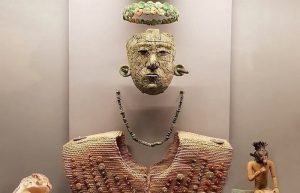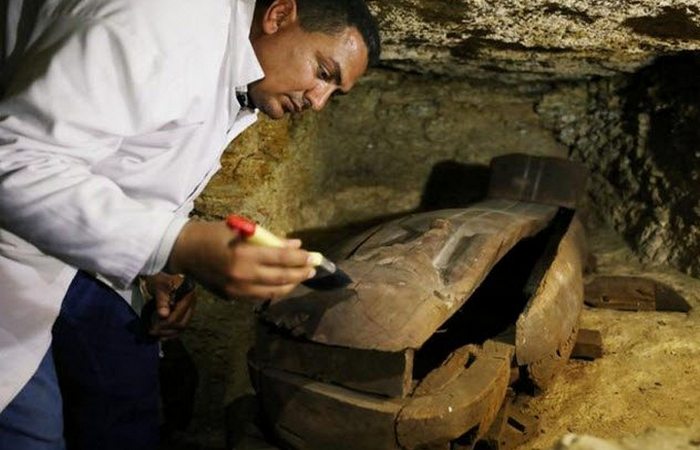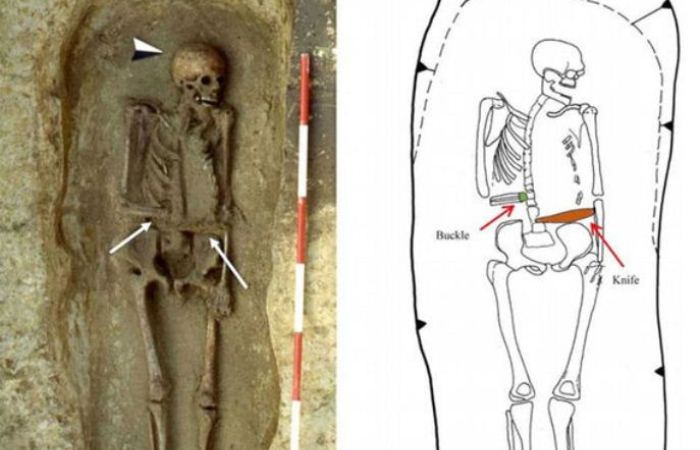Secrets that historians cannot yet unravel
 And today there are secrets that historians have not been able to unravel. Some of these mysteries are close to the legends, and yet scientists do not lose hope of finding answers. In this review, a story about the secrets that still excite the minds of scientists and intrigue the inhabitants.
And today there are secrets that historians have not been able to unravel. Some of these mysteries are close to the legends, and yet scientists do not lose hope of finding answers. In this review, a story about the secrets that still excite the minds of scientists and intrigue the inhabitants.
1. The Lost City of Kalahari
In November 1885, Guillermo Farini (also known as William Leonard Hunt) wrote a report about a strange and mysterious city that he stumbled upon in the Kalahari Desert. He presented this data to the Berlin Geographical Society, and in 1886 to the Royal Geographical Society of Great Britain. Farini even published a book in the same year in which he described the discovery in detail. In the book, he described the mysterious rock formations, which, as he was convinced, were the ruins of an ancient city.
The traveler claimed that the city was built in the shape of an arc, with some of its parts hidden under the sand, while others could be considered quite well. Since Farini could not find any inscriptions on the ruins, he suggested that the city is several thousand years old. Over the years, this information about the ancient city right in the center of the Kalahari, which is now completely covered with desert sand, has been overgrown with rumors.
Interestingly, even the local goggentot tribes stated that there used to be an ancient city that was not built by them. Historian Gustav Prelude also claimed that the goggentots were ready to lead him to the ruins in the north of the region and to a place even further where gems were once discovered. Many expeditions were carried out to find the ruins of the city and try to prove that the history of Farini is true. However, all searches did not lead to anything, and the mystery has now become a myth.
Professor A.J. Clement tried to investigate the theory of Farini and concluded that the traveler never reached the Kalahari Desert, but instead went the other way, where he discovered natural rock formations consisting of dolerite, which can appear artificial during erosion. In 2016, another expedition to the Kalahari was conducted, and scientists finally managed to find walls and rocks that corresponded to the original description of Farini. However, it is still unclear whether these structures are artificial.
2. Spiral Staircase of the Loretto Chapel
USA, New Mexico
In the late 1870s, the architect of the Loretto chapel in American Santa Fe died unexpectedly during construction, when most of the church was completed. And only then did the builders suddenly realize that there was not a single staircase leading to the choir in the building. It was impossible to install a standard ladder, considering the small size of the chapel, and carpenters did not understand how to “get out of the situation”. Then the nuns in the church began to pray to Saint Joseph and did this for nine consecutive days.
On the tenth day, a strange-looking man appeared at the door of the chapel. He told the nuns that he could build a ladder that would fit in the chapel, but they would have to give him complete confidentiality for the time needed to complete the task. Therefore, the man worked alone in the chapel for three months, using only the simplest tools that he brought with him: a saw, a square, warm water and wood.
When the staircase was completed, the man disappeared, without even telling anyone his name. The spiral staircase was 6.7 meters high and made two turns, rising to the choirs. What is most incredible is that there was not a single nail or even a central bearing column in it, so it simply did not have to bear the weight of people climbing along it.
Ten years after this strange incident, a railing was added to the stairs. In subsequent years, the keeper of the chapel decided to check the wood from which the stairs were made, and it turned out that this was an unknown species of spruce that was not found in the area. The nuns at the time attributed the construction of the staircase to the most holy Joseph and insisted that it be declared a miracle. Who this man was and how he could build a ladder that simply “should not work” using only basic tools remains a mystery.
3. Grave in Pomorie
Bulgaria
Near the town of Pomorie in Bulgaria among the vineyards and gardens you can find a man-made secret. Called the Thracian Tomb in Pomorie or the Dome Tomb, this structure is a semi-cylindrical vault with a hollow pillar in the middle, which gradually expands towards the top and eventually passes into the outer walls.



